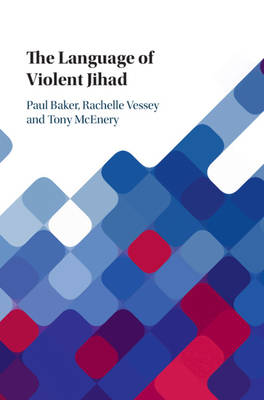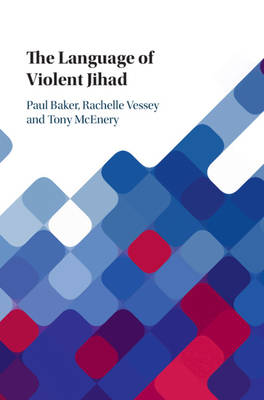
- Afhalen na 1 uur in een winkel met voorraad
- Gratis thuislevering in België vanaf € 30
- Ruim aanbod met 7 miljoen producten
- Afhalen na 1 uur in een winkel met voorraad
- Gratis thuislevering in België vanaf € 30
- Ruim aanbod met 7 miljoen producten
Zoeken
€ 187,45
+ 374 punten
Omschrijving
How do violent jihadists use language to try to persuade people to carry out violent acts? This book analyses over two million words of texts produced by violent jihadists to identify and examine the linguistic strategies employed. Taking a mixed methods approach, the authors combine quantitative methods from corpus linguistics, which allows the identification of frequent words and phrases, alongside close reading of texts via discourse analysis. The analysis compares language use across three sets of texts: those which advocate violence, those which take a hostile but non-violent standpoint, and those which take a moderate perspective, identifying the different uses of language associated with different stages of radicalization. The book also discusses how strategies including use of Arabic, romanisation, formal English, quotation, metaphor, dehumanisation and collectivisation are used to create in- and out-groups and justify violence.
Specificaties
Betrokkenen
- Auteur(s):
- Uitgeverij:
Inhoud
- Aantal bladzijden:
- 300
- Taal:
- Engels
Eigenschappen
- Productcode (EAN):
- 9781108421119
- Verschijningsdatum:
- 28/10/2021
- Uitvoering:
- Hardcover
- Formaat:
- Genaaid
- Afmetingen:
- 152 mm x 229 mm
- Gewicht:
- 494 g

Alleen bij Standaard Boekhandel
+ 374 punten op je klantenkaart van Standaard Boekhandel
Beoordelingen
We publiceren alleen reviews die voldoen aan de voorwaarden voor reviews. Bekijk onze voorwaarden voor reviews.











